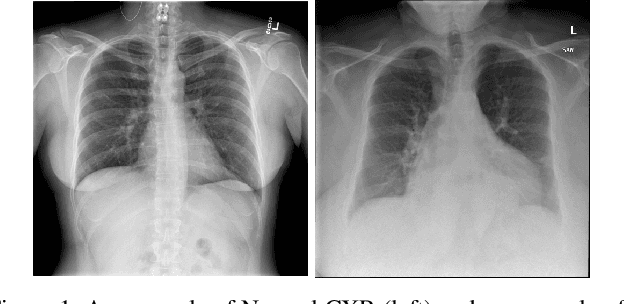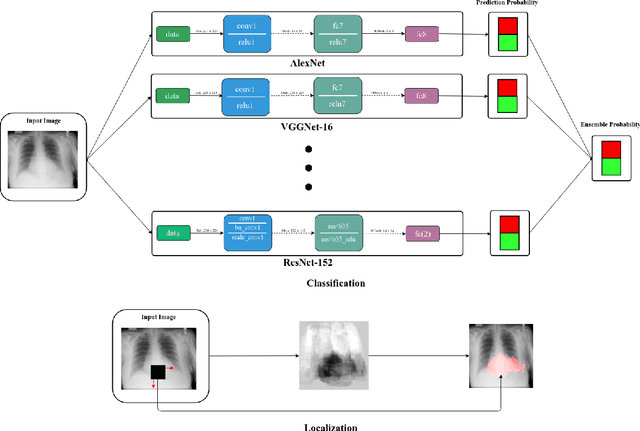Md Abdul Aowal
Detecting Natural Language Biases with Prompt-based Learning
Sep 11, 2023



Abstract:In this project, we want to explore the newly emerging field of prompt engineering and apply it to the downstream task of detecting LM biases. More concretely, we explore how to design prompts that can indicate 4 different types of biases: (1) gender, (2) race, (3) sexual orientation, and (4) religion-based. Within our project, we experiment with different manually crafted prompts that can draw out the subtle biases that may be present in the language model. We apply these prompts to multiple variations of popular and well-recognized models: BERT, RoBERTa, and T5 to evaluate their biases. We provide a comparative analysis of these models and assess them using a two-fold method: use human judgment to decide whether model predictions are biased and utilize model-level judgment (through further prompts) to understand if a model can self-diagnose the biases of its own prediction.
Abnormality Detection and Localization in Chest X-Rays using Deep Convolutional Neural Networks
Sep 27, 2017



Abstract:Chest X-Rays (CXRs) are widely used for diagnosing abnormalities in the heart and lung area. Automatically detecting these abnormalities with high accuracy could greatly enhance real world diagnosis processes. Lack of standard publicly available dataset and benchmark studies, however, makes it difficult to compare various detection methods. In order to overcome these difficulties, we have used a publicly available Indiana CXR, JSRT and Shenzhen dataset and studied the performance of known deep convolutional network (DCN) architectures on different abnormalities. We find that the same DCN architecture doesn't perform well across all abnormalities. Shallow features or earlier layers consistently provide higher detection accuracy compared to deep features. We have also found ensemble models to improve classification significantly compared to single model. Combining these insight, we report the highest accuracy on chest X-Ray abnormality detection on these datasets. We find that for cardiomegaly detection, the deep learning method improves the accuracy by a staggering 17 percentage point compared to rule based methods. We applied the techniques to the problem of tuberculosis detection on a different dataset and achieved the highest accuracy. Our localization experiments using these trained classifiers show that for spatially spread out abnormalities like cardiomegaly and pulmonary edema, the network can localize the abnormalities successfully most of the time. One remarkable result of the cardiomegaly localization is that the heart and its surrounding region is most responsible for cardiomegaly detection, in contrast to the rule based models where the ratio of heart and lung area is used as the measure. We believe that through deep learning based classification and localization, we will discover many more interesting features in medical image diagnosis that are not considered traditionally.
 Add to Chrome
Add to Chrome Add to Firefox
Add to Firefox Add to Edge
Add to Edge